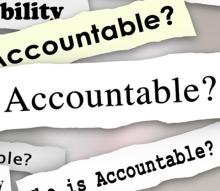In last week’s blog, we discussed difficult conversations at work. Today, we are going to focus on a tool which helps give you a framework for starting that convo and offering feedback. Created by the Center for Creative Leadership, the SBI Feedback Tool offers a simple structure that you can utilize straightaway.
- Situation Puts the feedback in context by attaching it to a time, place, or specific circumstance For example: “During yesterday’s lab meeting, when you asked me for an update on my project…”
- Behavior Describe what you observed and clearly state the observable action For example: “During yesterday’s lab meeting, when you asked me for an update on my project, you interrupted and contradicted me three times…”
- Impact Outlines the feeling and thoughts which happened as a result For example: “During yesterday’s lab meeting, when you asked me for an update on my project, you interrupted and contradicted me three times. I felt I wasn’t given a chance to properly give an overview of my work and I was embarrassed in front of my lab-mates.”
Categories
Communicating




